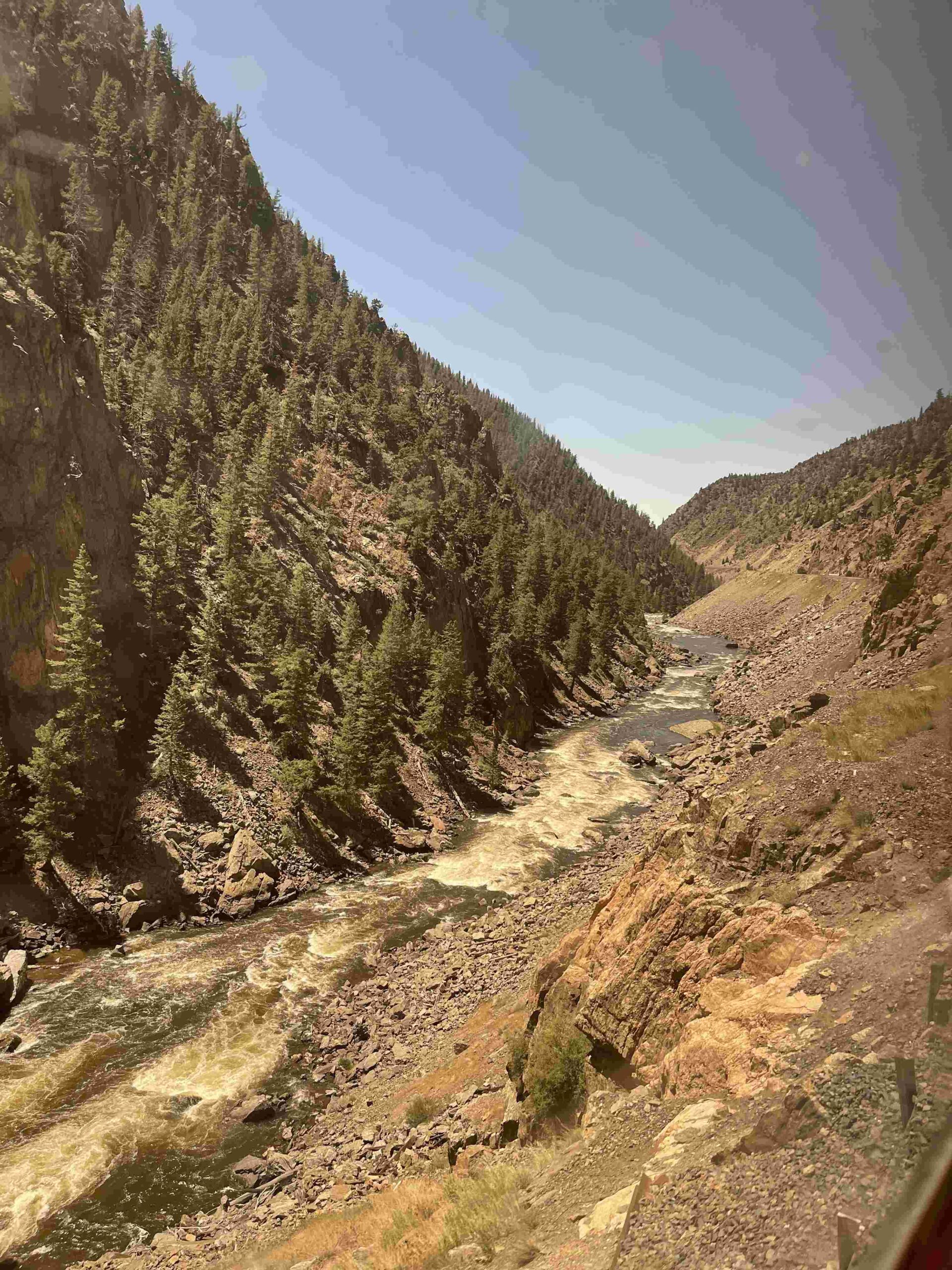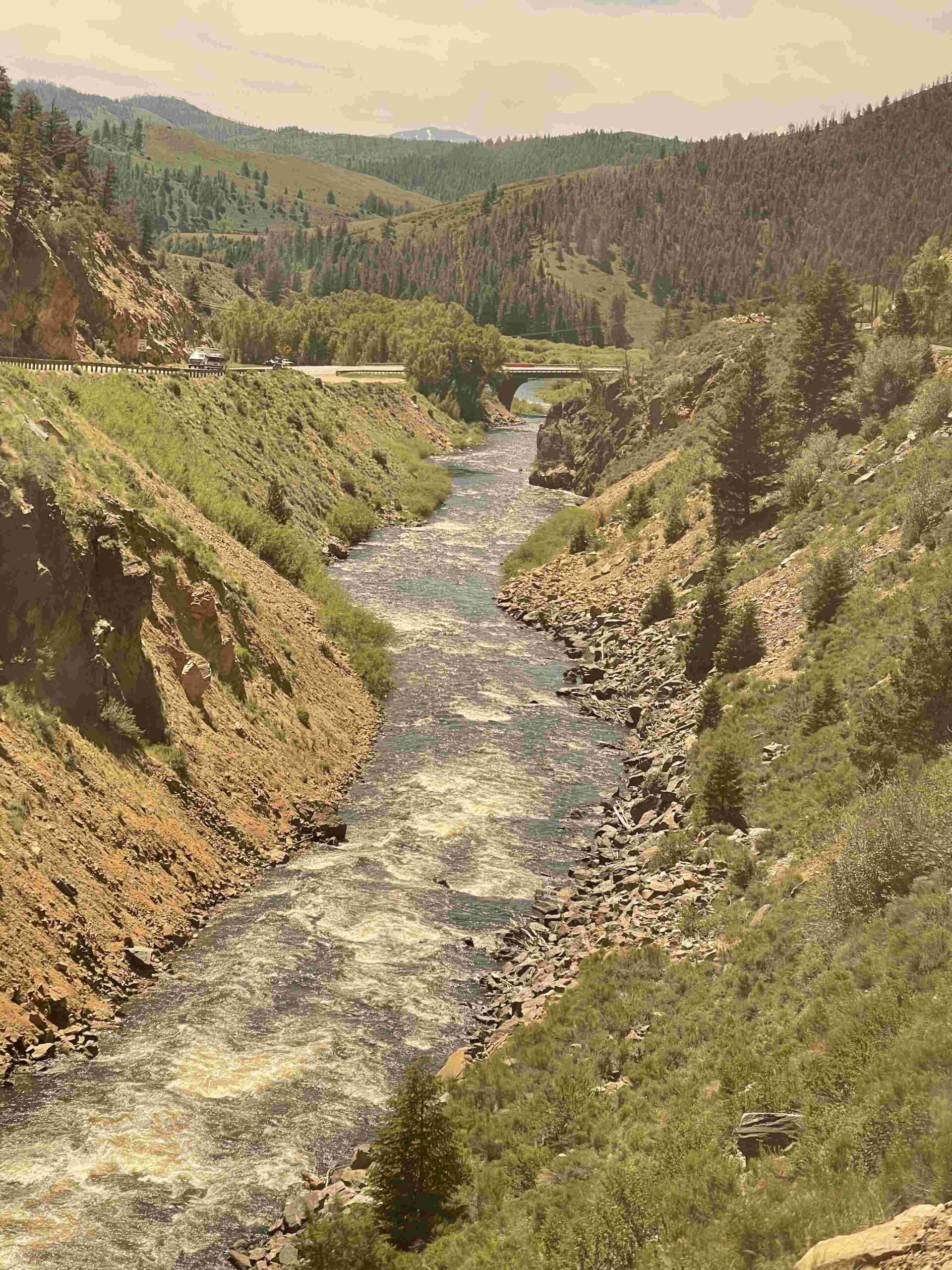The Colorado River has been instrumental in shaping the Grand Canyon, carving out its deep gorges and intricate formations over millions of years. Through erosion, sediment transport, and interaction with geological processes, the river has created one of the world’s most spectacular natural wonders. This article explores the multifaceted role of the Colorado River in the Grand Canyon’s formation, ecosystem, and visitor experience.
What Are the Key Geological Processes Driven by the Colorado River?

The Colorado River’s role in shaping the Grand Canyon is primarily through these geological processes:
-
Erosion: The river’s powerful currents and sediment-laden waters have acted like sandpaper, gradually wearing away rock layers over 5-6 million years.
-
Sediment Transport: Before dam construction, annual spring floods exceeding 100,000 cubic feet per second (CFS) carried away debris and contributed to the river’s erosive power.
-
Tectonic Interaction: The uplift of the Colorado Plateau, which began around 17 million years ago, gave the river more energy to carve deeper into the earth.
How Has the River’s Flow Changed Over Time?
- Pre-dam era: Annual spring floods exceeded 100,000 CFS
- Current flow rates:
- Low water: 8,000-10,000 CFS
- Peak flow: 20,000 CFS
- Average flow: 12,000-15,000 CFS
What Quantitative Impact Has the River Had on the Ecosystem?

The Colorado River’s influence extends beyond geology to the Grand Canyon’s ecosystem:
-
Sediment Variety: The river carries boulders, pebbles, sand, and silt, which contribute to erosion and shape the riverbed.
-
Flora Adaptation: Flash floods and rapid water flow prevent deep root systems in local plants, leading to unique adaptations to the arid environment.
-
Fauna Habitat: The river’s flow and sediment transport affect aquatic and terrestrial species habitats, with current flow rates impacting natural flooding cycles.
How Does the River Affect Soil Conditions?
- Prevents deep root systems
- Exacerbates erosion
- Creates unique soil conditions for adapted flora
What Accessibility and Facilities Are Available for Tourists?
The Grand Canyon offers various access points and facilities for visitors:
- Parking and Access:
- South Rim: More accessible, more facilities
-
North Rim: Less crowded, longer drive
-
Guided Tours:
- Available from various points, including Las Vegas
-
Often include stops at West Rim, Skywalk, and South Rim
-
Costs and Schedules:
- General admission: $35 per vehicle (7-day pass)
- Guided tours: Range from hundreds to thousands of dollars
What Are the Best Ways to Experience the Colorado River’s Impact?
- Join guided geological tours
- Visit multiple viewpoints to observe different rock layers
- Take a river rafting trip to experience the canyon from water level
What Challenges Do Visitors Face When Exploring the Grand Canyon?
Visitors should be aware of several challenges:
- Environmental Conditions:
- Extreme heat, especially in summer
- Limited water availability
-
Challenging terrain with steep cliffs and uneven paths
-
Safety Regulations:
- Strict guidelines for hiking, camping, and water activities
-
Requirement to stay on designated trails
-
Recommended Best Practices:
- Stay hydrated
- Wear appropriate clothing
- Follow park guidelines
- Join guided tours for safety and education
How Can Visitors Prepare for These Challenges?
| Preparation | Benefit |
|---|---|
| Bring plenty of water | Prevent dehydration |
| Wear sturdy shoes | Navigate uneven terrain safely |
| Use sunscreen and hats | Protect from intense sun |
| Check weather forecasts | Prepare for conditions |
| Inform others of plans | Ensure safety in case of emergency |
The Colorado River’s role in the Grand Canyon is a testament to the power of water and time. By understanding this relationship, visitors can better appreciate the magnificent landscape and the ongoing geological processes that continue to shape it.
References:
1. Deciphering the Grand Canyon | AMNH
2. The Geology of the Grand Canyon – Bob Ribokas Photography
3. How Did the Colorado River Help Shape the Grand Canyon?
4. Grand Canyon National Park (U.S. National Park Service)
5. USGS: Grand Canyon Monitoring and Research Center

